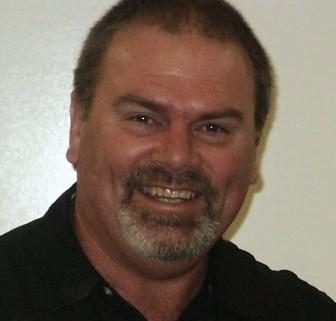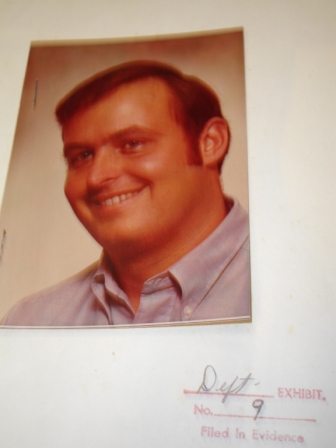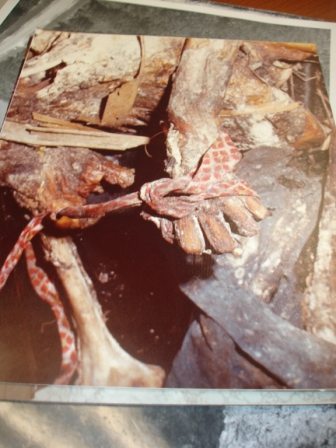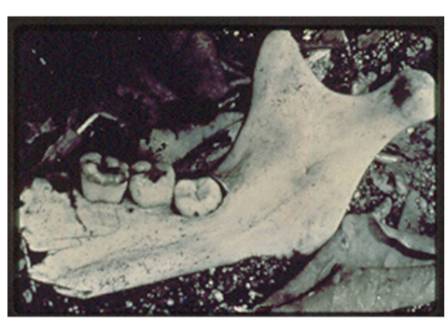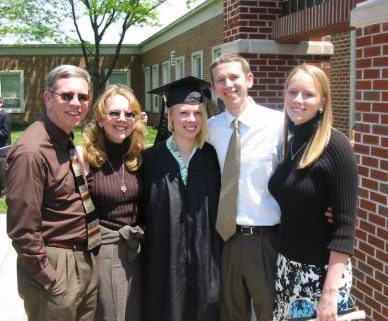It’s official! You asked for it and we delivered. The Mad Anthony Writers Conference and I have joined forces to present to first annual Writers Police Academy on April 17-18, 2009. Here’s a sneak preview of some of the workshps and faculty. There’s still more to come.
Friday – Police Department and Morgue Tours
Friday night – Murder, Mayhem, and the Macabre, a candlelight visit with Hamilton’s most infamous killers and their unfortunate victims. This night owl presentation offered by Lee Lofland is not for the faint of heart.
Saturday workshops will be taught by some of the nation’s top law enforcement experts. These police professionals are all authors, too!
The faculty (to date):
A police officer with the Matteson, Illinois Police Department for over 30 years, Sergeant Michael A. Black, has served in a variety of assignments including investigations, patrol supervisor, SWAT team leader, and plainclothes tactical officer. He is also the author of two different series and several thrillers. Out now is a re-release of Windy City Knights, the second in Mike’s award-winning Ron Shade private-eye series, and (in hardcover), Dead Ringer, the brand-new fourth adventure for Ron Shade. Mike’s newest series begins with Random Victim, introducing a male/female police detective team Francisco Leal and Olivia Hart. Mike has also co-written the recently released I Am Not A Cop with television star Richard Belzer.
Public Information Officer/Crime Prevention Officer Dave Crawford has worked in several areas within the Hamilton Police Department, including the Patrol Division, Traffic Division, as a Court Officer, Desk Officer and, as a member of the Honor Guard Unit. His current position is in the Public Affairs Section of the police department, which entails a multitude of assignments.
Officer Crawford is a member and board member of many local civic originations. He’s also a member of the Ohio Crime Prevention Association, National Public Officers Information Association, International Crime Prevention Through Environmental Design Association, and MADD.
Dave proudly serves as a member of the board of directors for MADD of Southwestern Ohio Affiliate, Neighborhood Housing Services, Inc., Visitors and Convention Center, Accent Hamilton, Open Door Food Pantry Board Member, Dayton Lane Historical Society, Safe Kids Coalition, FOP Lodge 38, Washington Lodge Masons, and the High Twelve Club.
Verna Dreisbach of Dreisbach Literary Management offers professional representation for distinctive voices with a diverse range of both fiction and non-fiction interests. She is currently looking for emerging and experienced writers to build her list and desires books that present the possibility to affect change. The agency has a particular interest in books with a political, economic or social context. Verna’s first career as a law enforcement officer gives her a genuine interest and expertise in the genres of mystery, thriller and true crime. She believes in building an agency based on dedication, loyalty and trust, representing the voice behind the work, not just the writing. If you are accepted by Dreisbach Literary Management it is because Verna has faith in your abilities as a writer and feels a connection with your goals and aspirations.
Lee Lofland is the author of Police Procedure and Investigation, A Guide For Writers from Writers Digest Books, a 2008 Macavity Award nominee for best non-fiction mystery. Lee is a former police detective with nearly two decades of law-enforcement and crime-solving experience. He was in charge of major felony cases, including homicide, narcotics, rape, kidnapping, ritualistic and occult crimes, fraud, and robbery.
Lee is a nationally acclaimed expert on police procedure and crime-scene investigation and is a popular conference, workshop, and motivational speaker. He writes freelance articles for newspaper and magazine publications, such as The Writer and Slate magazine.
He has consulted for many bestselling authors, such as J.A. Jance, Lee Goldberg (Monk), PJ Parrish, Jeffery Deaver, Jan Burke, Stuart Kaminsky, and Allison Brennan. He’s also worked with television shows, such as Spike TV’s Murder, and a new major motion picture that’s currently in the development stages.
Lee has appeared as an expert on national television and radio shows, such as CNN’s Talk Back Live and NPR’s Talk of the Nation, and BBC Television. He writes and manages the popular blog site The Graveyard Shift.
The Graveyard Shift
His current works-in-progress are a mystery novel, a true crime book, and a children’s book co-authored with Becky Levine called Everything Kids: I Want To Be A Police Officer that’s scheduled for release in early 2009.
Lee and his wife, Dr. Denene Lofland, live in the Boston area, where he proudly serves on the board of directors for the New England Chapter of Mystery Writers of America. He’s also a member of Sisters in Crime.
Special Agent Rick McMahan has worked in federal law enforcement for over sixteen years. During the first six years of his career, Rick worked as a civilian Special Agent for the Air Force Office of Special Investigations where he worked a wide range of person and property crimes. For the last ten years, as a Special Agent for the Bureau of Alcohol, Tobacco, Firearms & Explosives (ATF) Rick has investigated federal firearms and explosives violations, including conducting investigations into violent street gangs and outlaw motorcycle gangs. He has served as an on-the-job trainer for new agents and is firearms instructor. Rick’s short stories have appeared in anthologies such as Techno Noire, Low Down & Derby, and the Mystery Writer’s of America Death Do Us Part, edited by Harlan Coben.
Sheila L. Stephens was the first female Alcohol, Tobacco & Firearms (ATF) special agent in the state of Alabama and one of the first in the nation. She recently graduated from Boston University with a master’s degree in criminal justice. After leaving the ATF due to injury, Ms. Stephens opened a private investigation/security business. She is a criminal justice professor at Andrew Jackson University and a contributing writer and associate editor of The Agent, the newsletter of the National Association of Federal Agents (NAFA). Ms. Stephens lives in Bessemer, AL.
Sheila is the author of Everything Private Investigation Book from Adams Media.
Lieutenant David Swords (ret.) is a thirty year veteran of the Springfield, Ohio Police Department. Nearly half of Lt. Swords’ police career was spent as an investigator, working on cases ranging from simple vandalisms to armed robberies and murders.
David is the author of a novel, “Shadows on the Soul.” He and his family live near Springfield.
Saturday sessions. Many of these workshops are hands-on classes.
| Writing Realistic Fight Scenes | Interview & Interogation |
| Rick McMahan & Staff | David Swords |
| Arrest Tech & Handcuffs | Writing Compeling Villians |
| Rick McMahan & Staff | Lee Lofland |
| Police Tools & Equipment | Technology & Crime |
| Dave Crawford & Rick McMahan | Sheila Stephens |
| SWAT I | Primer of Handguns |
| Mike Black | Rick McMahan |
| Nonlethal Weapons | Hostage Negotiations |
| Sheila Stephens | Mike Black |
| Prison & Jail, Slang & Gangs | Fingerprinting |
| til 5:10 Verna Dreisbach | Crawford, McMahan, & Swords |
| 5:20-6pm High Rish Traffic Stop | Kenesics: Human Lie Detecting |
| Crawford & Staff | Lee Lofland |
We’ll be back on schedule on Tuesday. Stay tuned for a surprise for writers later in the week!





